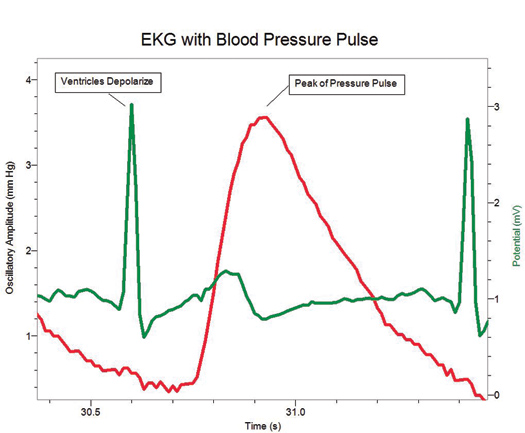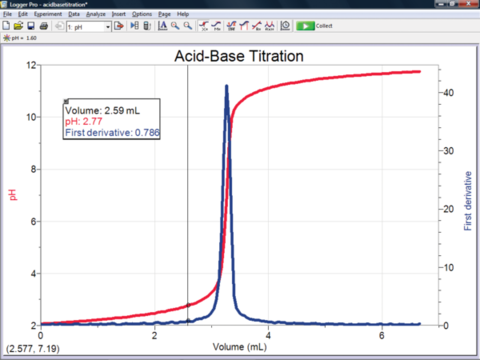
If multiple data sets are being displayed, you will be given the option of applying the function to any or all of the data. If no area is selected, the entire data set will be used. Only this selected area will be subject to a function such as integration or linear fitting. To select a portion of the data, simply left-click on one end of the desired range and drag the mouse to the other end of the range. Many of the data analysis functions, such as integration and linear fitting, require that a portion of the data set be selected prior to executing the function. Data that has been hidden is not erased, it is simply not displayed on the graph or in the data table. Double-clicking on the name for a dataset will bring up a dialog box with a checkbox for hiding the data set, a place to change the data set’s name, as well as a place to enter notes regarding the data. Once activated, a window such as the one at the right will appear. The Data Browser, activated by clicking, allows you to rename, hide, or display data in the open file. Individual datasets can be renamed by selecting Data > Data Set Options and selecting the appropriate data set from the menu.ĭata Management and Analysis: As multiple data sets are collected, they will be displayed simultaneously on the screen, which can be somewhat messy. Overwritten data is lost and cannot be recovered. Selecting Experiment > Store Latest Run places the most recently acquired data into a new column in this spreadsheet (usually named “Run #”). If you intend to save your data for later use, it is important to “store” this run before collecting a new dataset, because it will be overwritten by the new data. The table can be used to store several individual runs, the most recently collected data set is called “ Latest “. As data is collected, it is recorded in the table on the left of the screen and plotted on the graph on the right. Data collection can be started and stopped by clicking on the and buttons, or by pressing Enter on the keyboard.

Near the top of the screen (above the data table), you should see a live display of the signal(s) at the probe(s). The window below will appear: Select the appropriate sampling mode, duration, and sampling rate for your application.

#LOGGER PRO SOFTWARE SOFTWARE#

Data can also be copied and pasted to and from Excel for plotting or manipulation. Multiple runs can be stored in a single table. The left portion of the screen is a spreadsheet-like table which will hold data that is collected. The opening screen should appear as below. Depending on the specific measurement being done, additional connections or preparation may be necessary.

Connect the appropriate sensor(s) to one of the four channel inputs on the left side if the LabPro.Verify that the LabPro interface is plugged into a USB port on the computer, and that the power supply for the LabPro is plugged in (green light is lit).More detailed instructions are available from Vernier. This document provides the basics that you will need to set up the interface, connect a sensor (or sensors) and acquire data. Once data is collected, the Logger Pro software provides several options for basic data analysis. This LabPro interface is an analog to digital converter capable of being applied to several measurement scenarios, from temperature and pH measurement, to instrument interfacing. Vernier’s Logger Pro is a software package that can be used to control a simple data acquisition system attached to a USB port of the computer. Basic Data Collection and Analysis Using Logger Pro 3


 0 kommentar(er)
0 kommentar(er)
